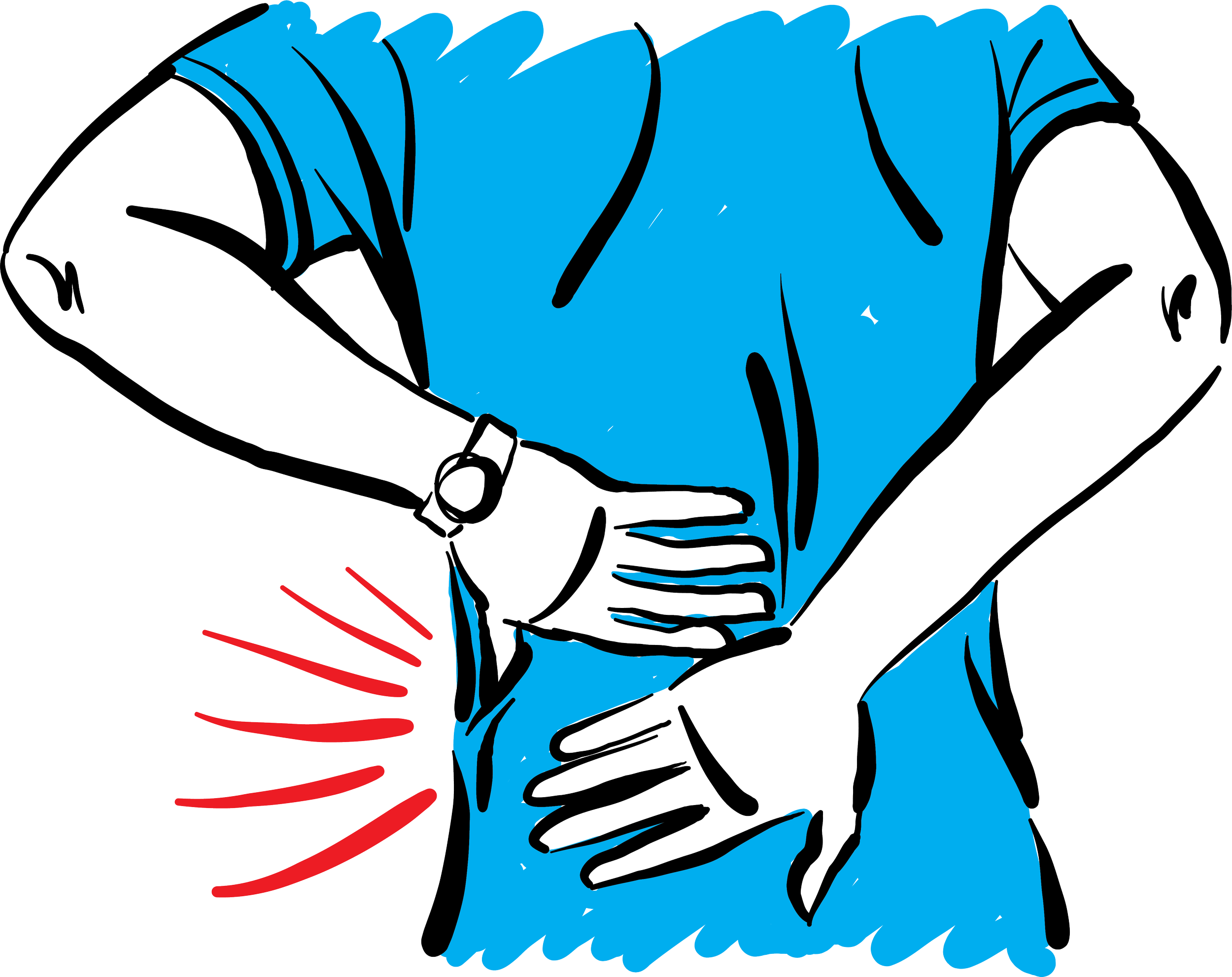HERNIATED DISCS
Dr. Amy M. O’Donnell offers evidence-based treatment for herniated discs & long-term back pain
Age, posture, and movement all contribute to the potential for back pain and herniated discs.
WHAT IS A HERNIATED DISC?
The bones (vertebrae) that form the spine in your back are cushioned by small, spongy discs which are mostly water. When these discs are healthy, they act as shock absorbers for the spine and keep the spine flexible. But when a disc is damaged, it may bulge or “herniate.” It is also referred to as a slipped or ruptured disc. Depending on its severity, a herniated disc can cause mild discomfort to severe pain and in some cases, radiating pain into the arms or legs with accompanying pins and needles.
You can have a herniated disc in any part of your spine. However, most herniations occur in the lower back (lumbar spine). Some happen in the neck (cervical spine) and, more rarely, in the upper back (thoracic spine).
Most adults have some degree of herniation which may never cause them any trouble, however if you are suffering from pain in those areas for more than several weeks, it is wise to have it checked by a professional.
WHAT CAUSES A HERNIATED DISC?
A herniated disc may be caused by repetitive use, poor posture or just plain old “wear and tear.” With age, discs dry out and become degenerative. Given poor posture or slouching over a computer or desk all day puts you at risk for herniating a disc in the neck. Lifting in awkward positions or bending over incorrectly are more common causes for herniated discs in the lower back.
HOW IS A HERNIATED DISC TREATED?
Immediately after the pain begins, use ice for 10-15 minutes 3 times a day to help with inflammation. Ultrasound and other electrical muscle stimulation are the first steps in aiding with inflammation and pain relief. MLS laser is effective with pain and inflammation so that you can start the healing process. Flexion/Distraction or Cox Technique is a gentle yet effective chiropractic traction therapy and relieves the pressure on the disc. Rehabilitative exercise such as McKenzie protocol is a most effective way to aid in the resolution of a herniated disc. These exercises can be performed easily at home.
HOW CAN YOU PREVENT A HERNIATED DISC?
Maintaining a strong core is the foundation for preventing disc injuries or herniated discs. Correcting posture and dysfunctional movement patterns such as bending over at the waist and not the hips is important to prevent re-injury to the disc.

